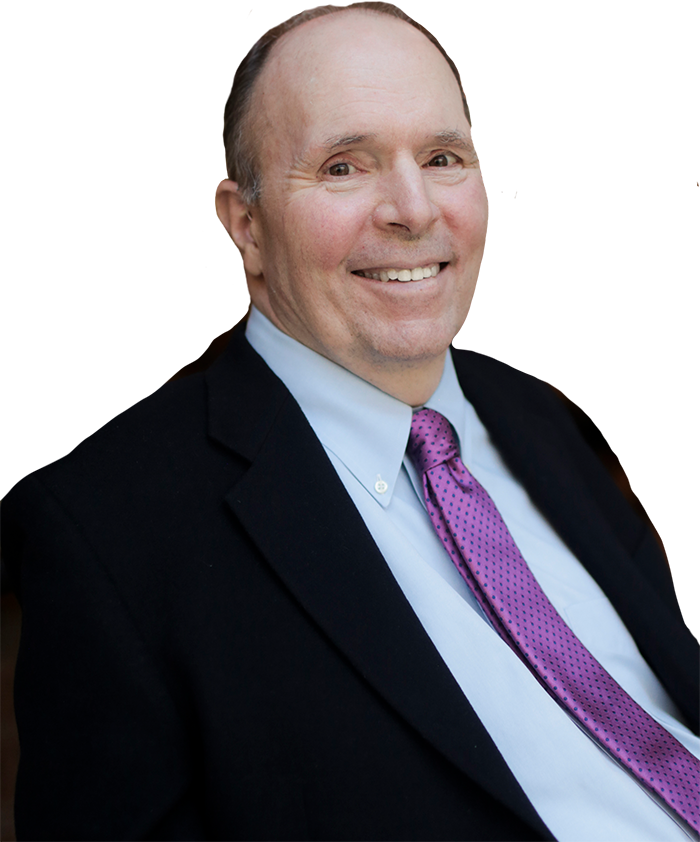The Pros and Cons of Arctic Oil Drilling (And Why We Should Start Now)
This past Monday, President Obama did something oil companies actually approved of…
His administration gave Royal Dutch Shell (NYSE: RDS-A) conditional approval to drill for oil in the Arctic Ocean. (As a result, Shell’s stock quickly jumped 3%.)
The petroleum industry is lauding the decision as a major victory. Environmentalists are calling it a devastating blow. We’ll look at both sides in a minute.
First, let’s look at where – exactly – Shell has been approved to drill.
An Estimated 34 Billion Barrels of Crude
The Bureau of Ocean Energy Management said Shell can now begin its “multi-year Exploration Plan” in the remote, icy Chukchi Sea.
Nestled between Siberia and Alaska, with an area of 230,000 square miles, the Chukchi Sea is navigable only four months of the year.
Given the harsh conditions, not to mention our current relatively low-priced crude environment, you might wonder why American oil companies are so interested in drilling there.
Three reasons…
First: The Chukchi is shallow. More than 50% of it is less than 200 feet deep.
Second: The potential amount of crude oil located there. The Arctic, which includes both the Chukchi and Beaufort seas, is estimated to contain at least 20% of the world’s undiscovered crude oil and natural gas.
That equates to about 34 billion barrels of crude in the U.S. Arctic waters.
Third: Further energy security for the U.S. While we are currently enjoying a resurgence in oil production from shale fields, the Energy Information Administration (EIA) estimates total U.S. crude production will fall to 1 million barrels per day by 2040.
Only further development of U.S. offshore oil resources will avert that decline. And given how long it takes to explore and develop new offshore oil resources, the time to start is now.
Just consider…
Drilling in the Chukchi: Still a Long Way to Go
The recent Mars and Atlantis deepwater projects in the Gulf of Mexico took 11 and 12 years to develop, respectively.
Now imagine moving this same type of operation from warm, tropical waters to the cold, frigid environment of the Arctic. Setup times can (and do) double. Easily.
BP’s (NYSE: BP) Northstar, the only existing U.S. Arctic offshore project, took 22 years from lease sale to production startup.
The development meter on Shell’s proposed project in the Chukchi Sea is already seven years and counting. The company originally bid on and won the lease back in 2008. But achieving significant volumes of oil production will likely take 30 years or more.
One of the biggest problems is simply the remoteness of the region. Supply chains would be lengthy, and exploration seasons limited to four months of the year.
And when talking about offshore Arctic drilling, there’s one thing oil companies and environmental groups agree on: The Chukchi Sea is one of the world’s most dangerous places to drill for oil.
Potential for Catastrophe
An Arctic spill could be even more disastrous than the Deepwater Horizon disaster in 2010. Right now, the closest U.S. Coast Guard base is 1,000 miles away from where Shell is exploring.
There are no roads. The nearest deepwater port is hundreds of miles away. And those are just the obstacles in fair weather.
A winter spill would be even more catastrophic. During these months, major storms, frigid waters and 50-foot-high waves are common.
Oil trapped beneath the ice might migrate long distances. There would be virtually no way to clean up or contain the spill.
Those are all valid concerns, without question.
However, as I mentioned above, nearly all of the Arctic’s oil lies in relatively shallow water. The technology for drilling and producing oil in water less than 200 feet deep has been around for decades.
And the amount of oil we could potentially produce here may be too significant to pass up.
A Crucial Part of Our Economic Engine
Quoting the National Petroleum Council, “With a sustained level of leasing and exploration drilling activity over the next 15 years, offshore Alaska could yield material new production by the mid-2030s and sustain this level of production through mid-century and beyond.”
The EIA, in its 2014 Reference case outlook for U.S. crude production, notes that U.S. production will max out at 9.6 million barrels per day (MMb/d) in 2019. After that, it should decline to about 7.5 MMb/d in 2040.
That means the recent improvements in the U.S. economy – as a result of increased crude production – would reverse.
However, the EIA also prepared an alternative “High Resource case.” This assumes higher oil and gas resource development in Alaska. According to the report, the U.S. would be able to satisfy 85% of its total crude demand by 2040. But it would “require sustained exploration and development activity over the next two decades.”
I believe we will cut our use of oil and gas dramatically over the next 50 to 100 years, out of necessity. However, it’s currently a crucial part of our economic engine.
Long-term planning dictates we must start the development of our Arctic oil resources now. This is one of the most important issues in energy today.
About David Fessler
As a degreed electrical engineer, Dave served as vice president of two successful tech businesses: LTX Corporation and Quality Telecommunications Inc. He now provides unique and groundbreaking insights into the energy sector. His new book, The Energy Disruption Triangle: Three Sectors That Will Change How We Generate, Use, and Store Energy, quickly became a best-seller. Dave is the Energy and Infrastructure Strategist for the Profit Trends free daily investment e-letter.






